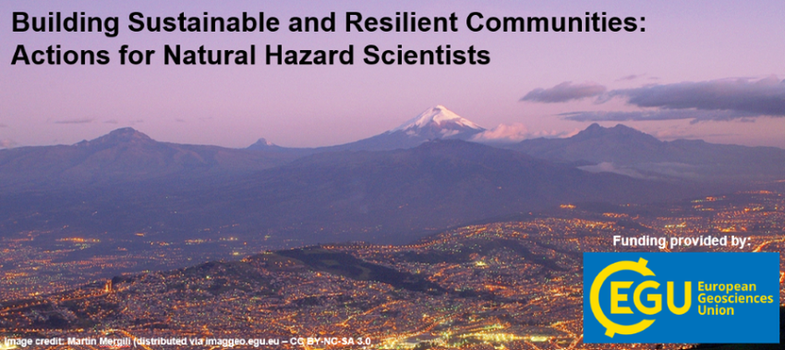Further Reading, Resources, Activities
Further Reading
Kappes, M. S., Keiler, M., von Elverfeldt, K., & Glade, T. (2012). Challenges of analyzing multi-hazard risk: a review. Natural hazards, 64(2), 1925-1958.
Gill, J. C., Malamud, B. D., Barillas, E. M., & Guerra Noriega, A. (2020). Construction of regional multi-hazard interaction frameworks, with an application to Guatemala. Natural Hazards and Earth System Sciences, 20(1), 149-180.
de Ruiter, M. C., Couasnon, A., van den Homberg, M. J., Daniell, J. E., Gill, J. C., & Ward, P. J. (2020). Why we can no longer ignore consecutive disasters. Earth's future, 8(3), e2019EF001425.
United Nations (2020) Executive Summary of the Hazard Definition and Classification Review (Technical Report). United Nations Office for Disaster Risk Reduction, Geneva, Switzerland.
de Ruiter, M. C., & Van Loon, A. F. (2022). The challenges of dynamic vulnerability and how to assess it. IScience, 25(8).
Video Resources
United Nations Office for Disaster Risk Reduction: Six steps to reduce risk, explained
United Nations Office for Disaster Risk Reduction: The Sendai Framework and the Sustainable Development Goals
TEDxSendai: From disaster response to disaster prevention
Additional Activities
Have a go at the UNDRR Stop Disasters game, where you will be tasked with reducing the impacts of hazards such as earthquakes and tsunamis. As you complete one or more of these games – how are your actions reducing (or increasing) disaster impacts associated with other hazards? Are these actions changing the characteristics of hazards, exposure, or vulnerability?
